Cold laser vs red light therapy – which treatment is right for you?
The key differences between cold laser vs red light therapy, according to skin experts…
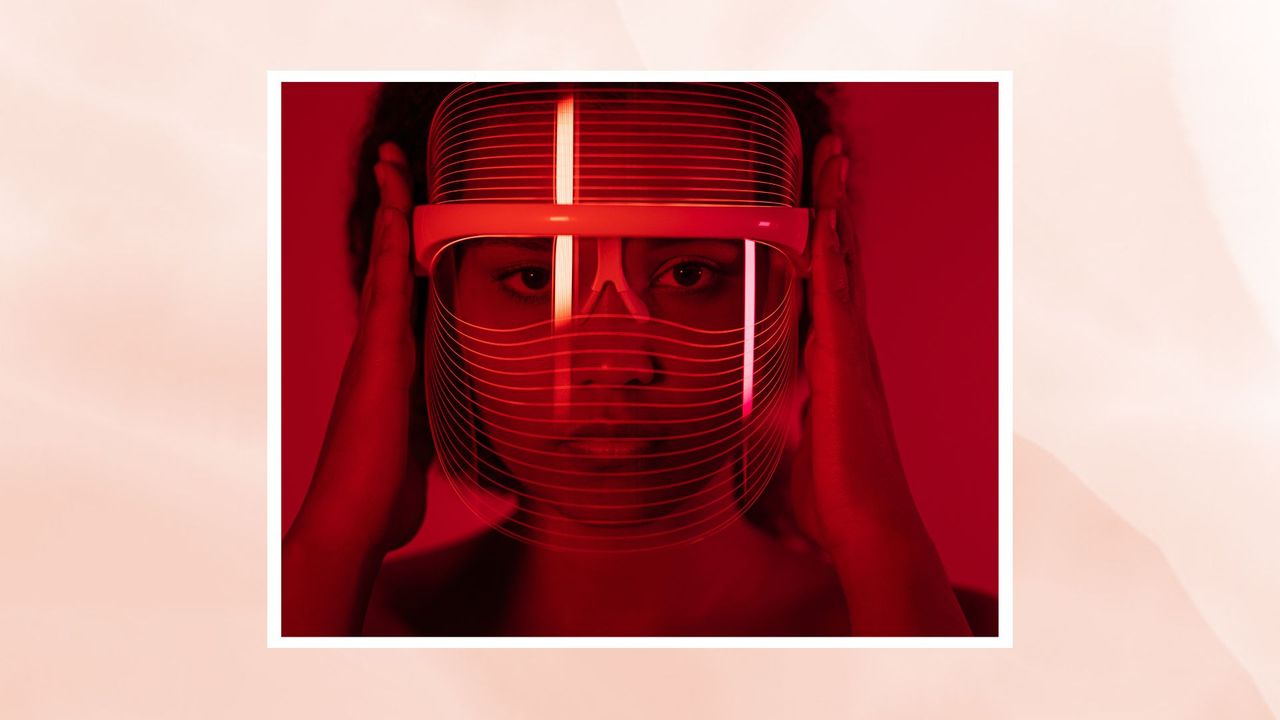
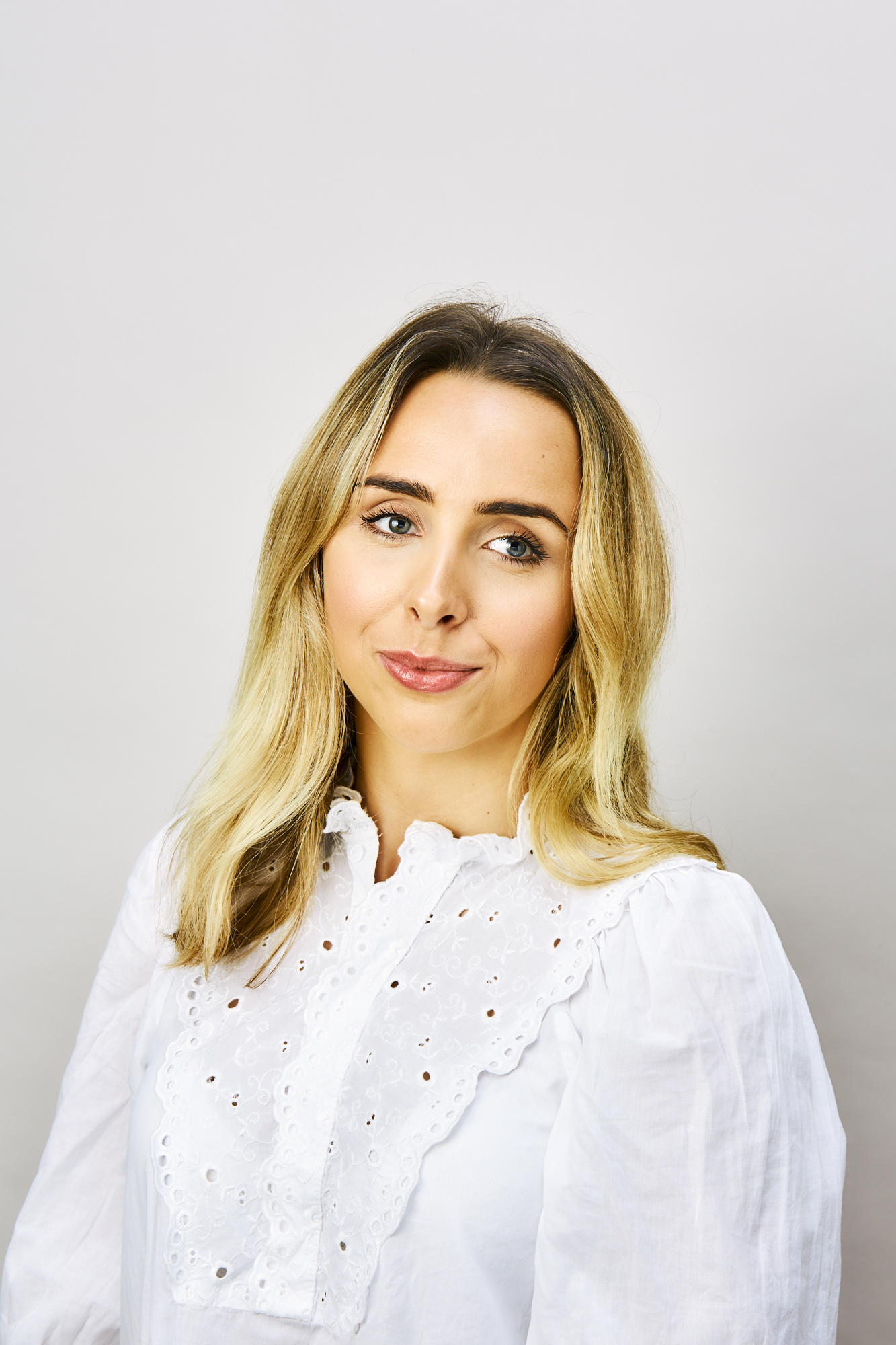
If booking in for tech-led salon treatments is your go-to for a clearer complexion, it’s likely you’ve come across the cold laser vs red light therapy debate. While both are non-invasive treatments that use light energy for rejuvenating benefits, they work in slightly different ways – delivering distinct results.
The skin-boosting benefits of cold laser are well known, as are red light therapy benefits. “Cold laser therapy and red light therapy have many similarities,” says expert facialist Debbie Thomas, who’s known for her laser expertise. “They’re both gentle yet effective treatments that work by using light energy to boost your skin’s natural healing and regenerative processes.”
But how do they differ and which treatment tackles what condition best? Ahead, we share the results of quizzing the experts on the key differences between cold laser vs red light therapy. From how the technologies work to who they’re best suited to, consider this everything you need to know about these in-clinic treatments before booking in.
An expert guide to cold laser vs red light therapy
Is cold laser therapy the same as red light?
While these treatments share similarities, they’re not the same. Also known as low-level laser therapy (LLLT), “cold laser therapy uses low-intensity laser light to target the deeper layers of the skin, boosting cellular activity and collagen production,” Thomas explains. Meanwhile, the best light therapy devices “employ LED lights in a specific wavelength to penetrate the skin’s mid-to-surface layers, improving skin tone and reducing inflammation.”
Both treatments can improve the appearance of the skin, but cold laser therapy is more targeted, with the light reaching deeper into the skin’s layers. “This makes it effective for cellular repair, so strengthening and rejuvenating the skin,” adds Thomas.
The key difference, according to advanced aesthetic doctor Dr. Preema Vig, is in the type of laser used. “Cold laser therapy uses low levels of white light (that will not heat the body’s tissue), whereas red light therapy uses low-level red light to stimulate healing.”
Benefits of cold laser vs red light therapy
Both cold laser therapy and red light therapy have several reported skincare benefits. Ahead, the experts break down the key ones:
Sign up for the woman&home newsletter
Sign up to our free daily email for the latest royal and entertainment news, interesting opinion, expert advice on styling and beauty trends, and no-nonsense guides to the health and wellness questions you want answered.
- Cold light therapy: Targets inflammation and stimulates skin rejuvenation. It is excellent for reducing redness and the appearance of wrinkles and acne scars. It has also been credited by many aesthetic doctors with easing stretch marks, hyperpigmentation, UV damage and speeding up the body’s natural healing process.
- Red light therapy: Boosts overall skin health. It promotes collagen production, skin rejuvenation and boasts anti-inflammatory properties – making it a great choice for those with sensitive skin or redness.
Is cold laser better than hot laser?
The key difference between the two is the amount of energy used. “Cold laser therapy uses a lower intensity light that doesn’t heat the skin, focusing on gentle rejuvenation," Dr. Vig explains. "In contrast, regular lasers emit stronger light energies that heat the skin on contact."
Thomas adds: “These stronger light energies can be used to treat specific skin issues by targeting selected tissue in a more focused way." But the benefit of cold laser therapy is that it’s non-invasive meaning there's minimal downtime. This makes it a suitable option for most, if not all, skin types.
Which skin types do they suit?
The experts agree that both cold laser and red light therapy are suitable for most skin types and are effective for those dealing with inflammation and sensitivity, while also being useful for mild skin ageing concerns, acne and rosacea. “They’re both also suitable for use during pregnancy and for those using Roaccutane,” adds Thomas.
Other lasers are much more targeted and can be used to treat more serious or advanced skin concerns, as well as target more advanced ageing concerns. “These lasers will also give faster results; however, they need an experienced practitioner as the correct laser need to be used on the correct person,” says Thomas.
Do cold laser therapy and red light therapy have any downsides?
Thanks to their non-invasive and gentle nature, both treatments are generally considered safe and well-tolerated. As with other treatments (such as microneedling, for example), results can vary depending on your skin’s individual response. For instance, “they can be less effective for more severe skin conditions, as they are not as targeted as traditional lasers,” Thomas notes.
Both cold laser and red light therapy require consistent treatments for the best results, so patience is key. Neither is known for downtime, but as Thomas points out “it’s essential to follow recommended usage to avoid any sensitivity.” Prior to treatment, Dr. Vig also recommends consulting a professional, “especially if you have skin concerns including hyperpigmentation vs melasma.”
Can you use cold laser and red light therapy together?
The experts agree that these treatments can work together. “Using them in conjunction can provide both surface-level rejuvenation and deeper cellular benefits,” assures Thomas. “By combining the therapies, you’re addressing skin concerns on multiple levels: red light therapy offers a radiant glow and collagen boost, while cold laser therapy focuses on repairing deeper skin structures.” A win-win!
Three of our favourite cold laser and red light therapy devices
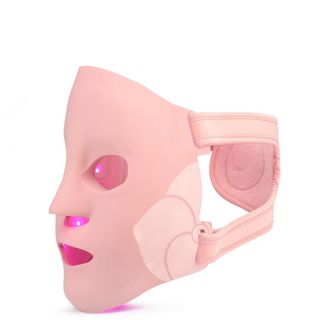
Our go-to LED device, this comfortable yet chic face mask tackles inflammation, breakouts, as well as signs of ageing with its choice of two modes (Red + Infrared or Red + Blue). With eight weeks of regular use, expect a more radiant and clearer complexion.
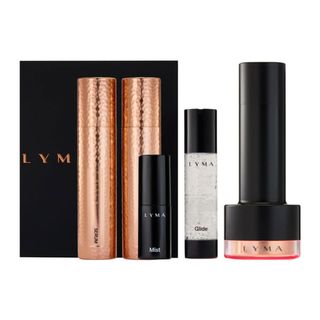
RRP: £4,995
If you’re keen to try cold laser therapy at-home, turn to this impressive FDA-cleared device from Lyma. Expensive, yes. But this high-tech tool totally transforms skin with its clever laser technology that visibly improves evenness, texture and elasticity in a matter of weeks.
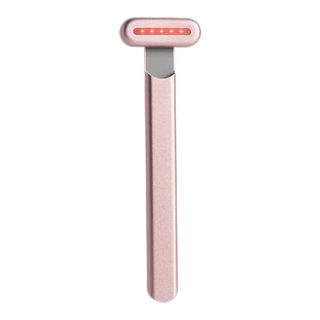
RRP: £135
Easy to use (and travel-friendly), this multi-tasking must-have combines red light therapy with microcurrent and facial massage to target fine lines, puffiness, dark spots and dark circles in just five-minute sessions.
Emma Stoddart is a freelance beauty journalist and self-confessed skincare aficionado with over five years’ industry experience. Emma has worked for some of the UK’s top women’s titles including Net-A-Porter, Stylist and Grazia. Her experience spans online and print as well as producing editorial shoots with some of the industry’s biggest artists, including Val Garland. Asides from working with them behind the scenes, she’s also had the chance to interview the likes of Patrick Ta, Pat McGrath, and Sam McKnight for all their insider tips and tricks.
-
 Prince George’s hilarious warning for TV star passed on by Prince William ahead of series cameo
Prince George’s hilarious warning for TV star passed on by Prince William ahead of series cameoThe Prince of Wales has passed on a cheeky message from Prince George to the star of one of his new favourite shows
By Emma Shacklock Published
-
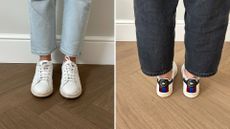 I've tried a lot of trainers, but adidas Stan Smith is the one style I always come back to
I've tried a lot of trainers, but adidas Stan Smith is the one style I always come back toThey're the ones I recommend to friends
By Caroline Parr Published
